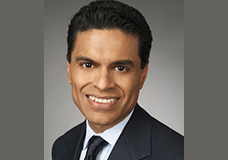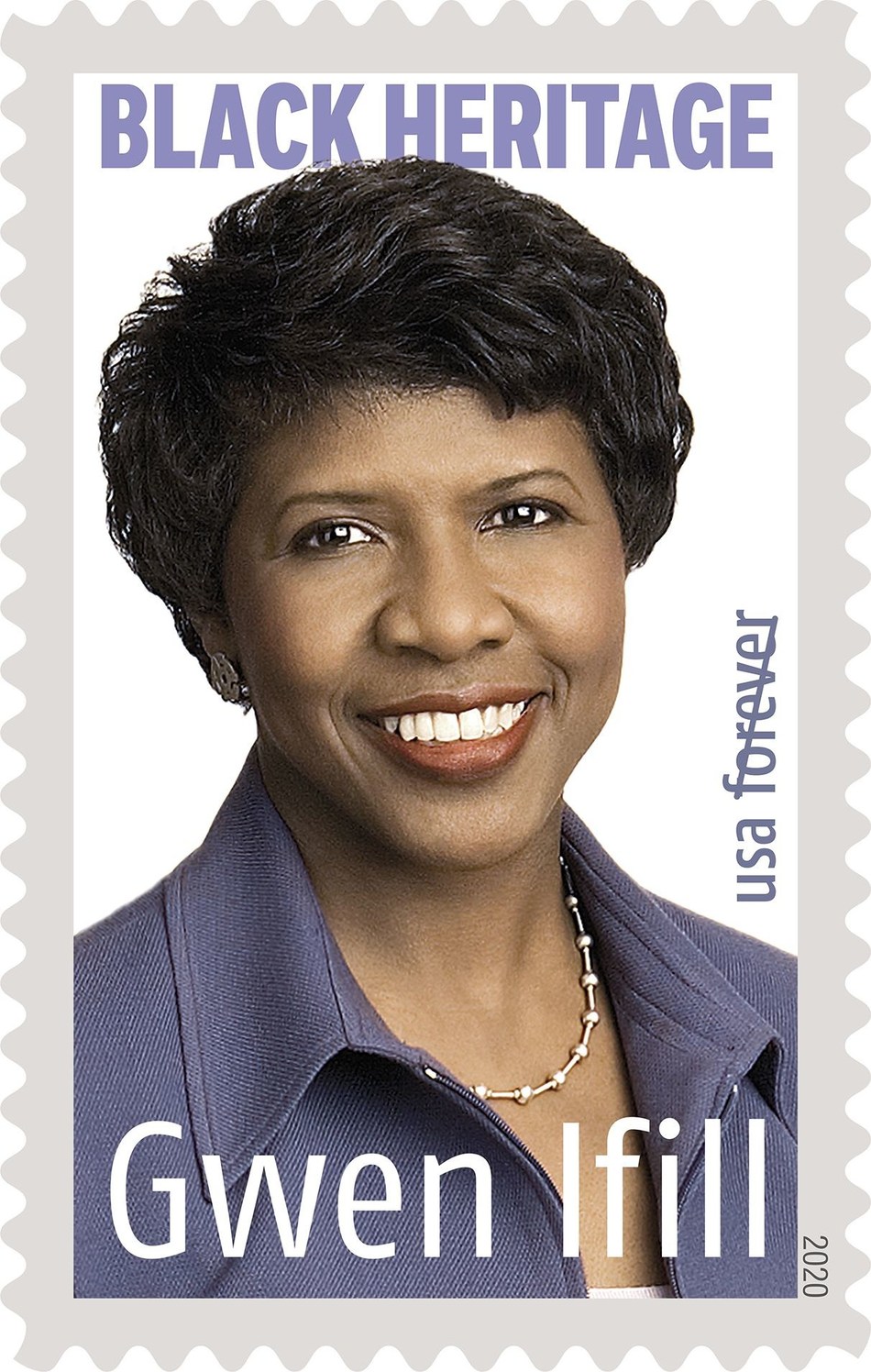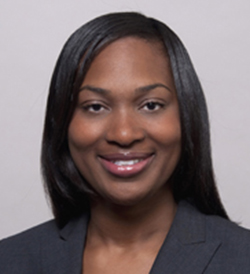![]()
![]()
![]()
![]()
![]()
![]()
 By Fareed Zakaria—The ‘defining challenge’ of helping the poor
By Fareed Zakaria—The ‘defining challenge’ of helping the poor
Credit: http://globalpublicsquare.blogs.cnn.com/category/inequality/
The super-rich have grown worldwide, but the United States is at the head of the pack. This is because of factors structural (globalization and technology help superstars; large and liquid financial markets make the rich richer) and political (lower tax rates and the political influence of the financial sector). The United States has all of these factors — technological innovation, global reach and huge capital markets but also tax cuts, deregulation, a powerful financial industry — so it’s not that surprising that it has experienced the biggest rise in the super-rich. The current Journal of Economic Perspectives has an excellent set of essays on this .
Reviving the middle class is clearly the most important challenge, involving the most people. It’s also the hardest and, having begun 40 years ago, is proving to be one without an enduring solution. There is strong evidence that rising inequality is crowding out the middle class. But there is also a powerful story to be told about how technology, globalization and declining American education and skills have contributed to the stagnation of wages for the median worker.
Would higher taxes on the rich create a more dynamic middle class? Perhaps, but it’s not clear exactly how. It’s also worth noting that the U.S. tax system — which relies mostly on income taxes — is more progressive than European systems that raise a much greater percentage of their revenue from sales taxes. The top 10 percent of American earners pay about 70 percent of all federal income taxes. In New York City, the top 1 percent pay almost 45 percent of the city’s income taxes.
Read the Washington Post column






